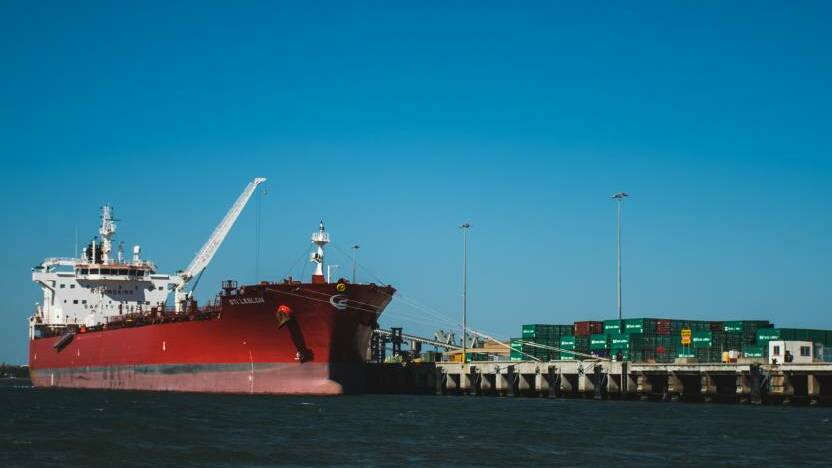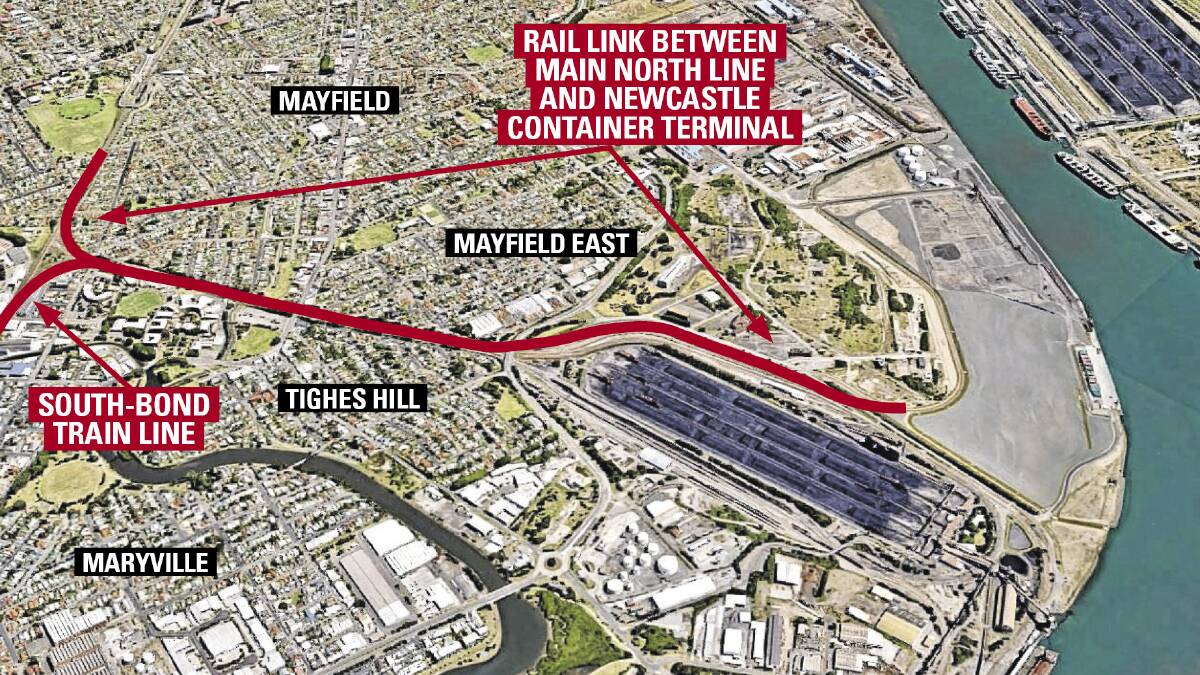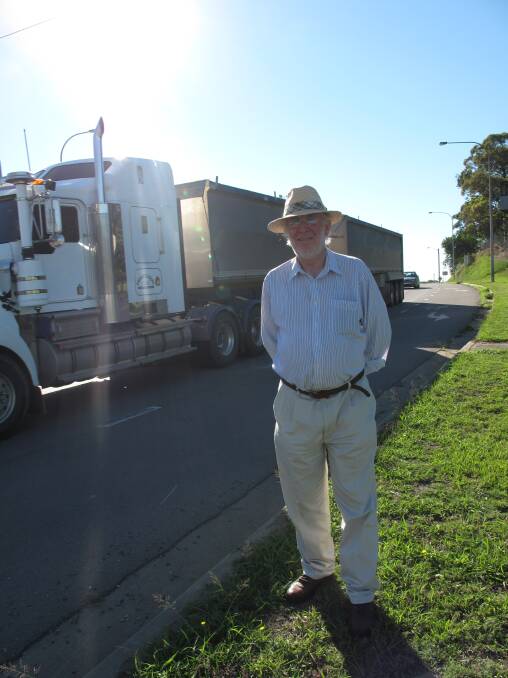
At least half of the freight generated by a Newcastle container terminal would travel by rail – the highest proportion for any container terminal in Australia.
Subscribe now for unlimited access.
$0/
(min cost $0)
or signup to continue reading
The Port of Newcastle has made the commitment in an attempt to win over residents in inner Newcastle suburbs who are fighting against the prospect of thousands of trucks flooding their streets.
Plans for the container terminal previously stated about 80 per cent of the freight would go on the road.
A Port of Newcastle spokesman said there was now a greater opportunity to put more freight on the rail network.
“This is the best outcome for exporters and importers wanting a price-competitive and low-carbon supply chain,” he said.
“It also benefits the community in terms of reduced reliance on the road network.”
The announcement follows the launch of legal action by the Australian Competition and Consumer Commission against NSW Ports.
READ MORE:
The competition watchdog is arguing NSW Ports deal with the state government to compensate Port Botany and Port Kembla if Newcastle develops a container terminal is both illegal and anti-competitive.
The 2011 Mayfield Concept Plan Approval provides a limit of 1,017,882 truck movements per year for the whole port site, which includes the bulk liquids terminal. The bulk liquids terminal is approved for up to 169,360 of those truck movements, leaving 848,522 for the container terminal.
However, the initial phase of the container terminal’s evolution would only have capacity for 350,000 containers. The Port of Newcastle anticipates this would grow eventually grow to 1.7 million to 2 million over several decades.
In a departure from a previous concept plan that included the construction of a portside rail link along the Hunter River to join the main rail line at Sandgate, the Port of Newcastle favours using the existing link that runs through Mayfield and Tighes Hill.

The Department of Planning approved the route in July 2012.
“The Port of Newcastle will bring 1.5 kilometre trains right to the water – the only container port in Australia with this capability,” the Port of Newcastle spokesman said.
“Newcastle will also be the only port connected to the Inland Rail...this is the best outcome for exporters and importers wanting a price-competitive and low-carbon supply chain.”
The Port of Newcastle is targeting the state’s northern and western regions as its major catchment area.
The Australian Rail Track Corporation said it was monitoring the potential impact of increased traffic on the rail network.
“It is too early to provide detailed commentary on what the future network requirements may be. However, the Hunter Valley network has dedicated capacity for general freight, and ARTC will continue to work with all members of the supply chain, government and industry to deliver any future capacity required both here in the Hunter and the wider Australian rail network,” a spokesman said.
Community concerns about the impact of truck movements from a container terminal on the surrounding suburbs reached boiling point during the 2011 state election campaign.
A 2014 Independent Commission Against Corruption investigation revealed disgraced former Ports Minister Joe Tripodi was implicated in the production of a community brochure that warned thousands of trucks would travel through Mayfield if a container terminal went ahead.
Despite the Port of Newcastle’s latest commitment to direct more containers away from the trucks, Correct Planning for Mayfield spokesman John L Hayes said the group remained concerned about the social and environmental impacts of more trucks travelling on inner city roads.
“Our position hasn’t changed,” Mr Hayes said.
“We are happy to work with the port to ensure that trucks stay off industrial drive.”

In addition, Mr Hayes said the impact of road traffic from the container terminal would be felt across the region’s road network.
“The last thing we want is to have the trucks that are jamming up Sydney’s roads moving up here,” he said.
“The millions of dollars that has been spent upgrading Stewart Avenue is going to be put at risk as a result of more trucks travelling along it. I’m sure those new inner city residents won’t be too pleased to find they have trucks rumbling past their doors day and night.”


